Saffron cultivation
Saffron cultivationThe main cultivation areas of saffron today are in the oriental countries - Iran (ایران), India, Afghanistan. However, there are also other cultivation areas around the Mediterranean Sea in Europe (southern France, Spain, Portugal, Greece, Morocco, Turkey, Tuscany). For some years now, saffron has even been cultivated in Austria, Germany, Switzerland and New Zealand. The cultivation methods in the individual countries can be different, depending on the soil conditions, climate, position of the saffron bulbs in the depth and their distance to the next saffron flowers. The quality of the soil is very important in saffron cultivation. |
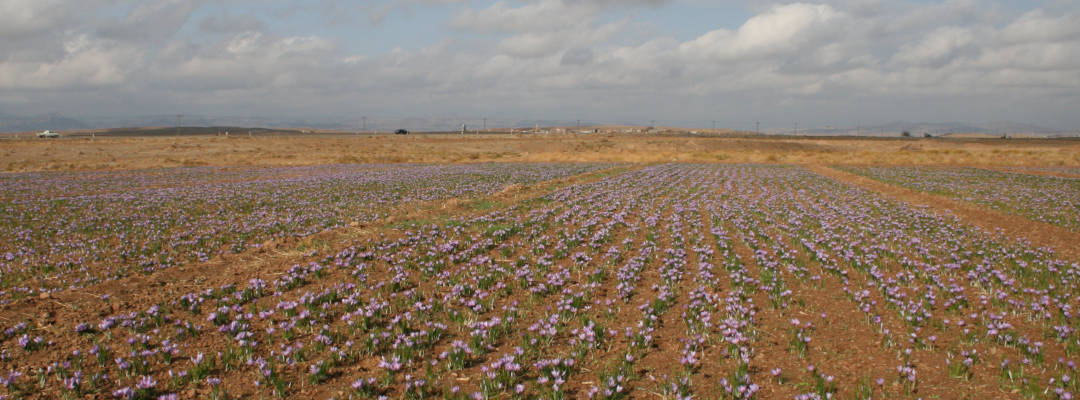 |
|
In Iran, the individual saffron bulbs are planted between August and September at a depth of about 15-20 cm with a distance of about 10 cm in each direction in the soil. This protects the saffron bulbs from cold temperatures and prevents them from drying out even in strong sunlight. The saffron bulb does not shoot until autumn and survives the rest of the year in the soil. The saffron plant reproduces by dividing the saffron bulb. Each saffron bulb in Iran must be transplanted approximately every 8 to 10 years. |
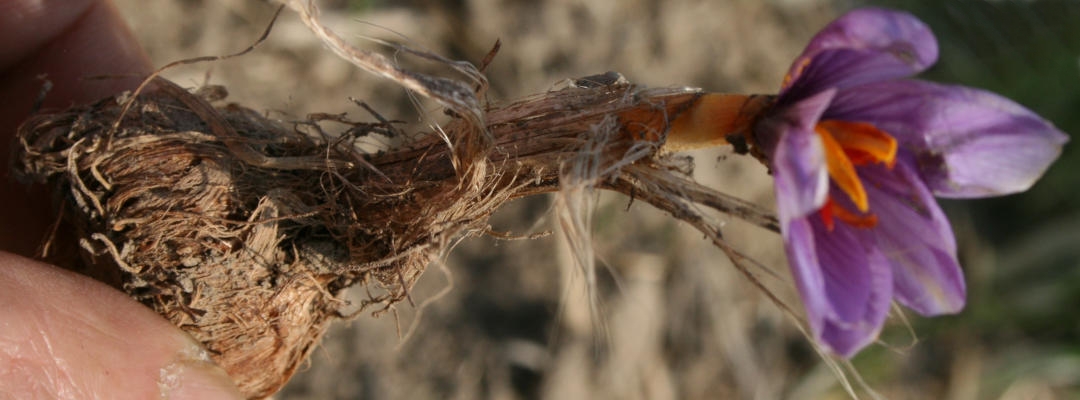 |
|
During flowering, the saffron does not tolerate temperatures below 5°C. The saffron bulbs can freeze at temperatures below -20°C. Crocus plants thrive best in a light and water-permeable soil that contains many nutrients. 15 days before the saffron plant blooms, the saffron fields are watered by the saffron farmers who constantly observe their fields. |
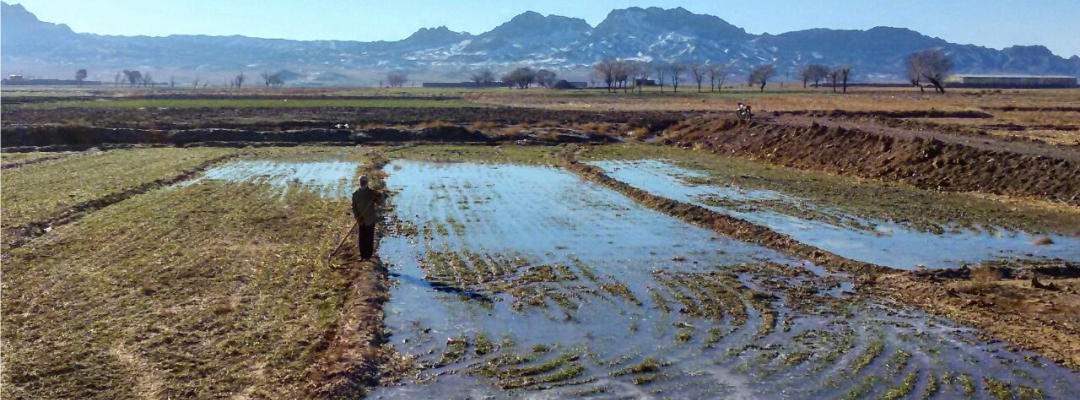 |
|
The saffron fields begin to bloom around mid-October. This phase is approximately 3 weeks and the saffron harvest must be completed at this time interval. The harvesting of the saffron flowers is extremely difficult, as only one kilogram of saffron threads can be extracted from about 150,000 to 170,000 saffron blossoms. The daily saffron harvest begins in the early morning hours, as the sunlight makes it difficult to pick the saffron blossom. Crocus flowers are only harvested by hand. On the saffron fields the crocus flowers can only bloom for up to 3 days without drying off. Experienced saffron pickers open a maximum of 2 kilograms of saffron blossoms a day and remove the complete saffron threads. Afterwards, the saffron threads are carefully dried and thus preserved. |
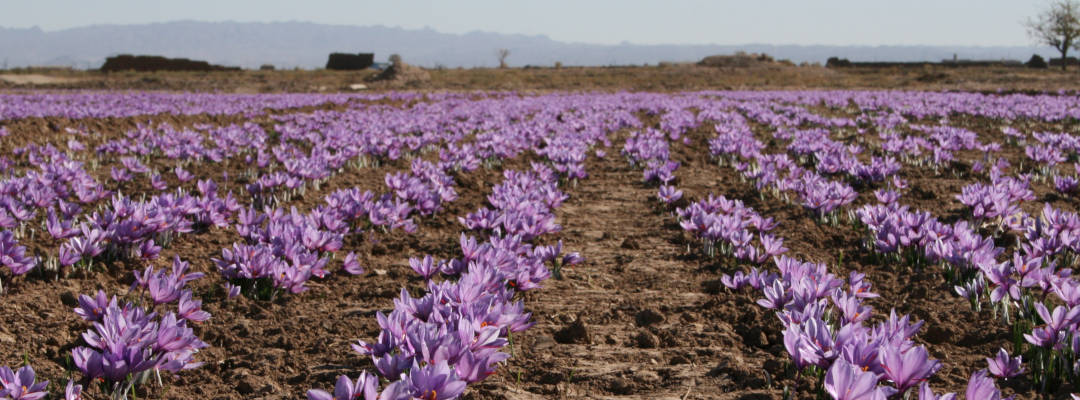 |
|
Iran offers the best weather and soil conditions for the growth and prosperity of the saffron flower. This is reflected in the quality, which is why Iranian saffron is known for its world's best saffron quality, from which various types of saffron are extracted (Negin, Sargol, Pushal). The origin of our imported saffron threads to Germany comes from controlled saffron cultivation areas according to DIN ISO 3632-2 in Iran. These are processed gently and no synthetically produced chemicals and fertilizers are used. |
Try our saffron directly from the Persian growing areas: |
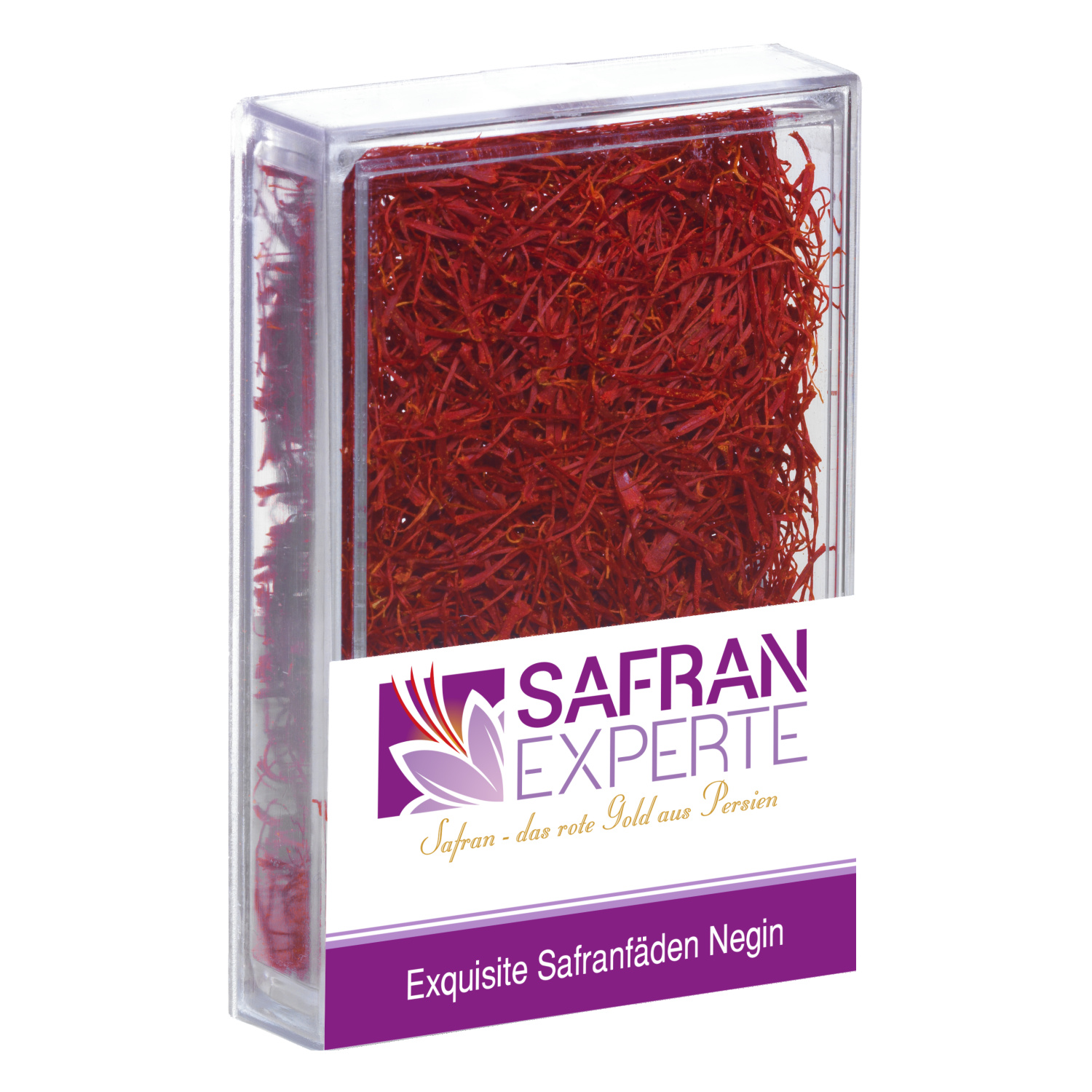 |
